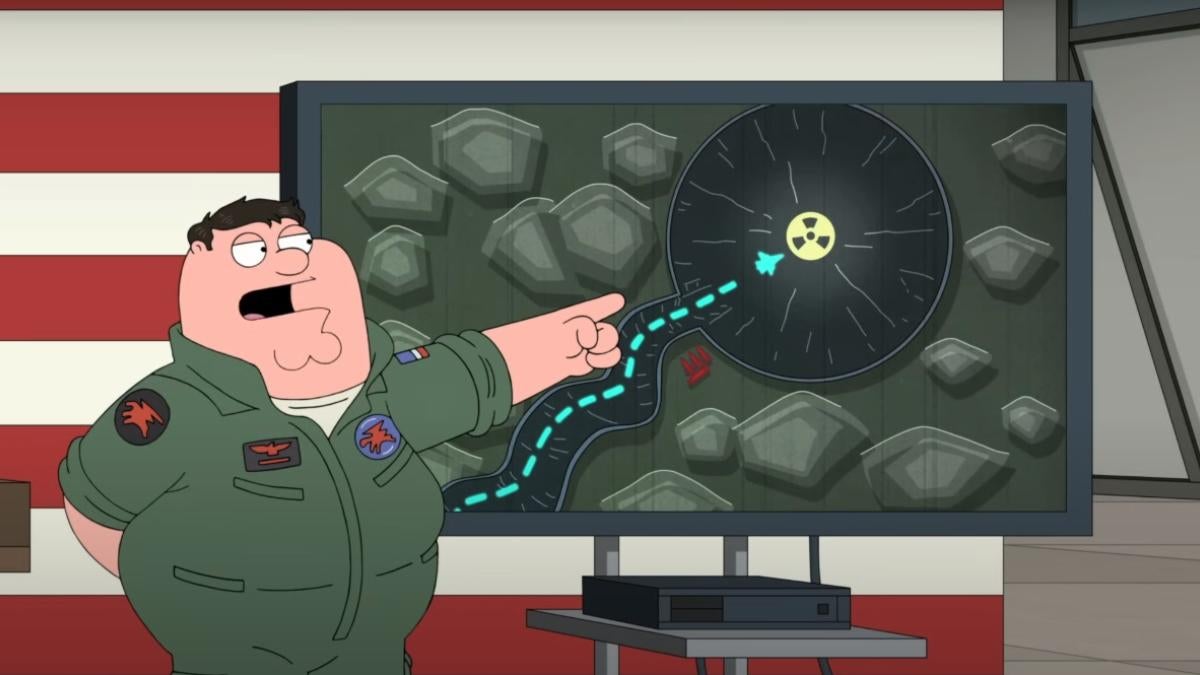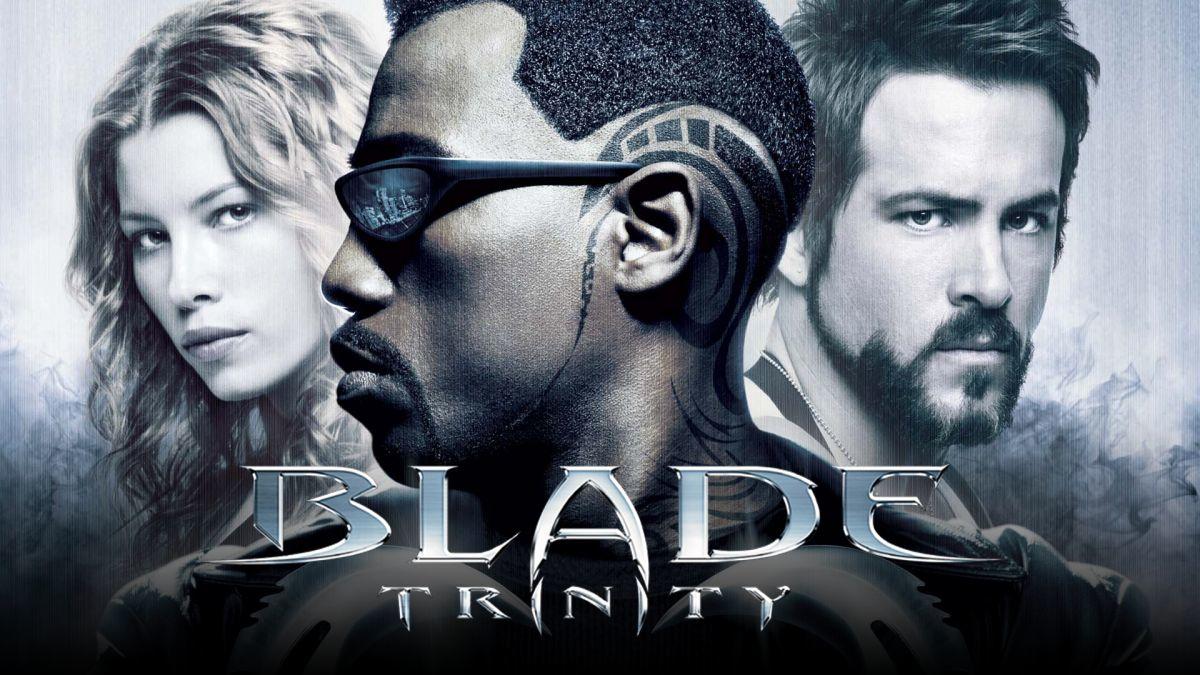NASA Shares Viral "Space Bubble Wrap" Photo
As most of us sit here binging shows or partaking in a spooky season horror marathon, NASA continues looking to the stars, trying to learn everything it can about the universe. In its continued exploration of the cosmos, NASA managed to capture a stunning image of the Bubble Nebula. Location in the constellation Cassiopeia, the Bubble Nebula most certainly earned its name—it looks like a giant bubble floating amongst the stars.
NASA recently shared a photo captured by the Hubble Telescope, sharing it to the agency's social media accounts over the weekend. "7,100 light-years from Earth in the constellation Cassiopeia lies the Bubble Nebula – a seven-light-year-across nebula – with a star 45 times more massive than our own," the outfit said alongside the photo. "Gas on the star gets so hot that it escapes into space at a speed of 4 million miles per hour (6.4 million kilometers per hour); when the hot "stellar wind" meets the surrounding frigidness of space, it folds and forms an outer edge."
How long will NASA still use the Hubble Telescope?
The science story of the year has been the activations of the Webb Space Telescope, the most expensive mission NASA has ever launched. Because of that, many have wondered just how long the agency will use the Hubble Telescope, Webb's predecessor. In short, scientists don't have an exact date on when Hubble usage will end, though it doesn't appear to be anytime soon.
Though it was only originally supposed to last 15 years, the Hubble has now been in service for nearly 33 years. At this rate, mission scientists expect the telescope to still be operational until some point in the 2030s.
What's the difference between the Hubble and Webb?
In short, the Webb Space Telescope simply has better technology included. That technology has allowed NASA and ESA (European Space Agency) scientists to examine the furthest reaches of space.
"If you think about that, this is farther than humanity has ever moved before," NASA administrator Bill Nelson previously said of the JWST. "And we're only beginning to understand what Webb can and will do. It's going to explore objects in the solar system and atmospheres of exoplanets orbiting other stars, giving us clues as to whether potentially their atmospheres are similar to our own."




